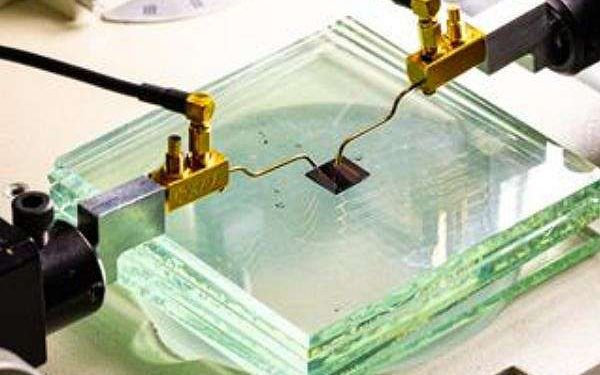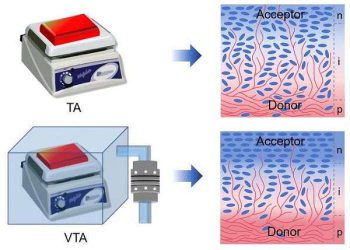by Clarence Oxford
Los Angeles CA (SPX) Nov 13, 2025
A team from the University of Arkansas and the University of Michigan has demonstrated the first use of temperature sensors powered exclusively by graphene-based solar cells, laying the groundwork for battery-free sensor systems. Using graphene’s extraordinary energy-harvesting capability, these devices can capture power from their surroundings – including solar, thermal, acoustic, and kinetic sources.
The researchers built dozens of graphene-silicon solar cells and connected them in series to increase the voltage output. These were used to charge storage capacitors, allowing the sensors to operate independently for more than 24 hours after just a few minutes of charging. The absence of conventional batteries substantially extends operational lifetime, enabling sensor deployments that can run for decades with minimal maintenance.
Reducing the power requirement of the sensors to nanowatt levels was a pivotal achievement – about a thousand times lower than many current devices. By removing power management units and running the sensors directly from storage capacitors, energy waste was further minimized. Such efficiency makes these sensors highly suitable for remote or harsh environments where maintaining or replacing batteries is impractical.
Graphene’s robust structure also provides physical flexibility and durability, allowing for lighter, thinner, and more resilient solar panels. These qualities position graphene-based panels to outperform traditional materials in efficiency, especially under sub-optimal lighting. The technology is well-suited for integration into the Internet of Things, supporting long-term, distributed monitoring in applications such as agriculture, climate studies, infrastructure management, and industrial automation.
University of Arkansas physicist Paul Thibado, who leads the graphene harvester initiative, notes ongoing efforts to integrate additional power harvesting modes – such as kinetic harvesters – into the sensor arrays. With funding from the WoodNext Foundation and commercial interest from NTS Innovations, practical deployments are now under consideration.
The findings offer a path toward a new generation of autonomous sensors, capable of supporting critical monitoring without dependence on conventional batteries.
Research Report:Array of mini-graphene-silicon solar cells intermittently recharges storage capacitors powering a temperature sensor
Related Links
University of Arkansas
All About Solar Energy at SolarDaily.com
















